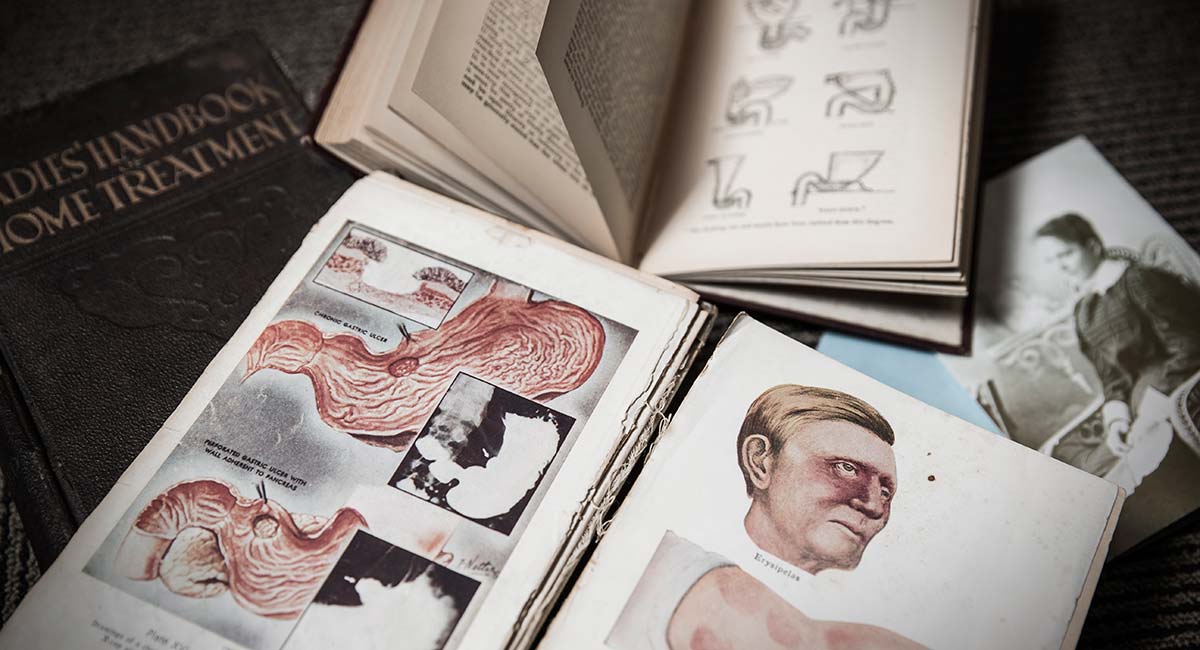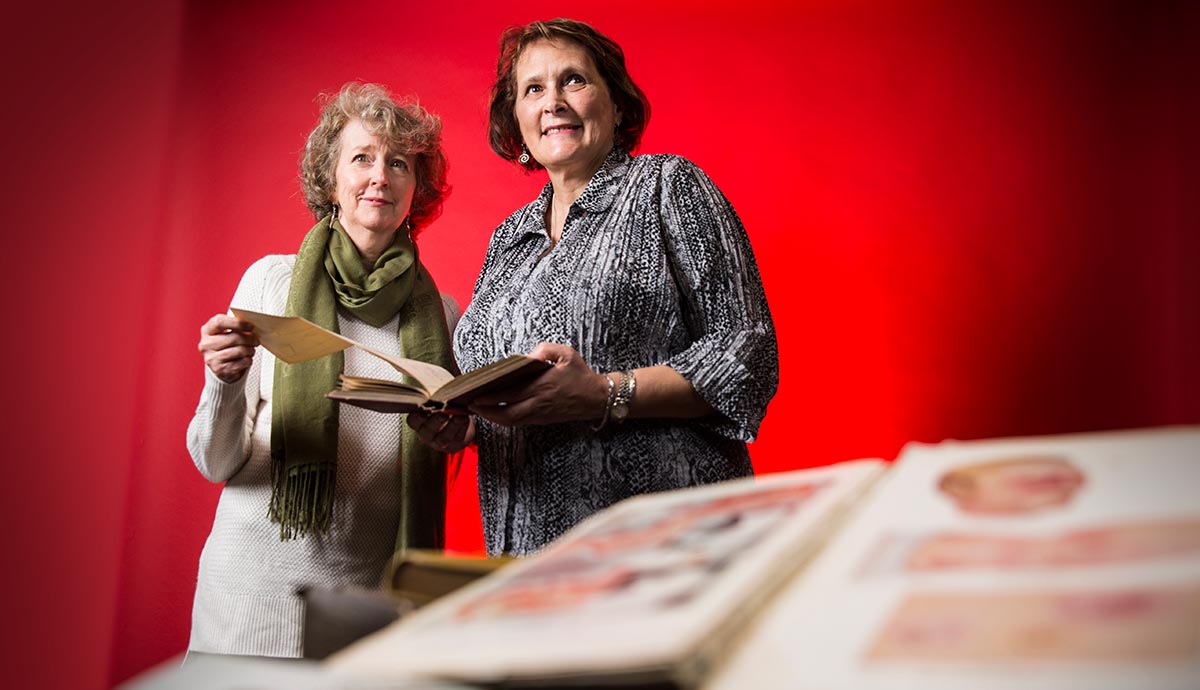August 16, 2016
‘Virtual museum’ to preserve Australia’s rural medical history
History of rural medicine in New South Wales to be showcased in new online museum.
Medical historians are calling for images, objects and other items of interest for a new ‘virtual museum’ that will house stories of rural Australia’s medical history.
Project leaders and , from UOW's Graduate School of Medicine, are working with the rural communities around New South Wales that support the School’s dispersed teaching program to identify and collect medical stories and memories before they are lost.
From Byron Bay, Ballina and Grafton in the north, Murrumbidgee, Orange and Broken Hill in the west, to the Illawarra-Shoalhaven, Southern Highlands and South Coast in the south, each year UOW sends dozens of medical students to rural and regional settings around New South Wales to undertake a year-long clinical placement.
Designed to help address the critical shortage of medical practitioners outside the major cities, UOW’s Graduate School of Medicine is the only medical school in Australia that provides opportunities for all its students to undertake such a long-term placement in a rural or regional setting.

Associate Professor Louella McCarthy said medicine often plays a central role in the history of our communities and for rural Australia especially, the presence – or absence – of medical care had a significant impact on life in the region.
“Medical practice is present in our community’s history in a variety of forms: as the history of people; of sometimes large and imposing buildings that form memorable parts of the landscape; or as medications in forms that our now often forgotten or remembered nostalgically.
"Equally important, medicine also lives in people’s memories: as miraculous cures or as tragic losses and as myriad forms in between. Everyone has a story about medical encounters that transformed their life.
"Despite the important part medicine has played in the history of our communities, this history is often neglected or overlooked. Stories are lost, buildings are demolished, and memorabilia is discarded. Each of these individual losses leads to another bigger loss: the lost opportunity to better understand the history of our communities.”
Associate Professor McCarthy and Dr Weston hope to learn about the places and people that have played a role in the history of medicine in your town.
In the first instance, they are seeking photographs of places, people or objects – that you think have an interesting tale to tell. The researchers are also interested in hearing first-hand about the image sent via a phone or face-to-face interview.
Submit your photograph and story to kathw@uow.edu.au or louella_mccarthy@uow.edu.au.
